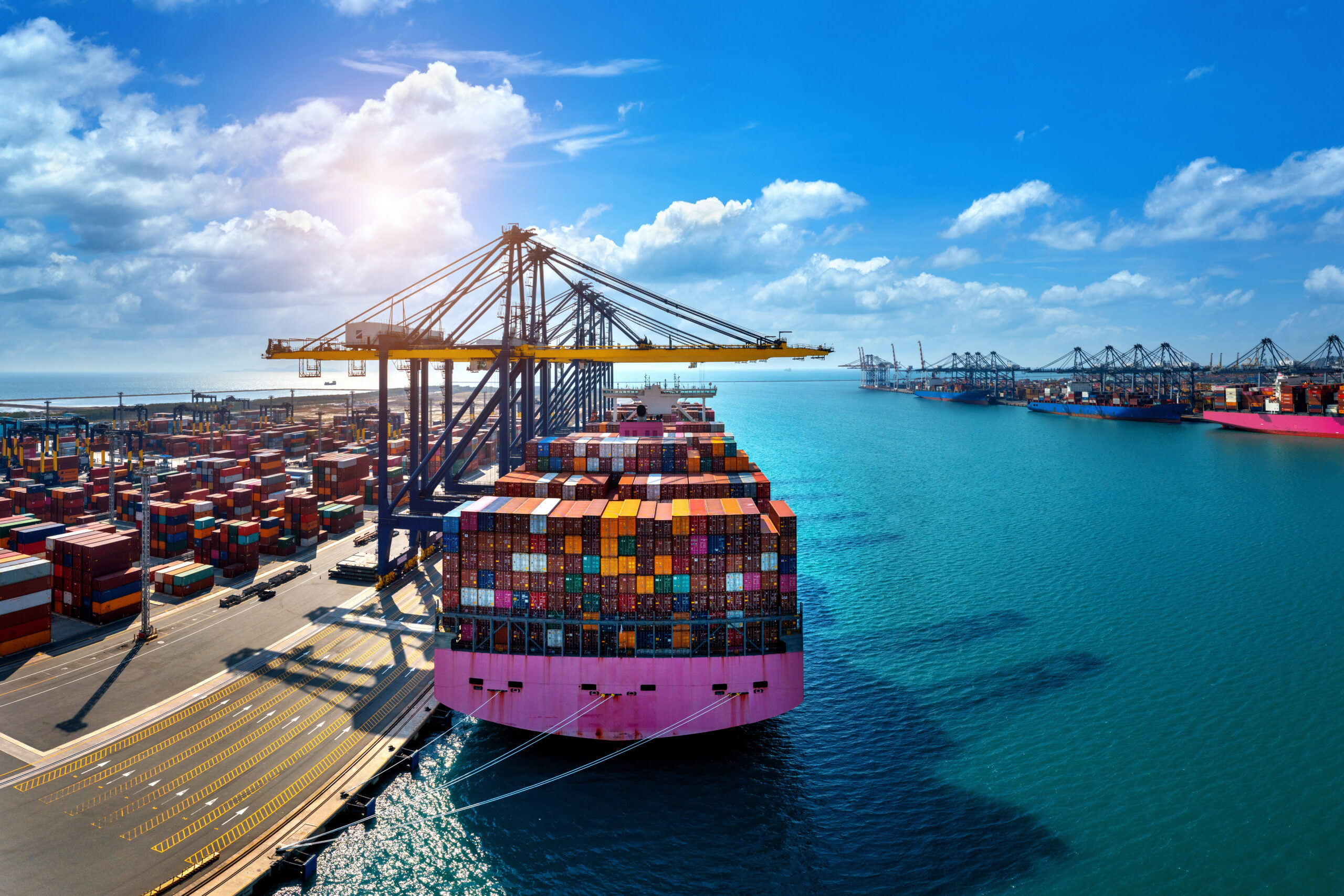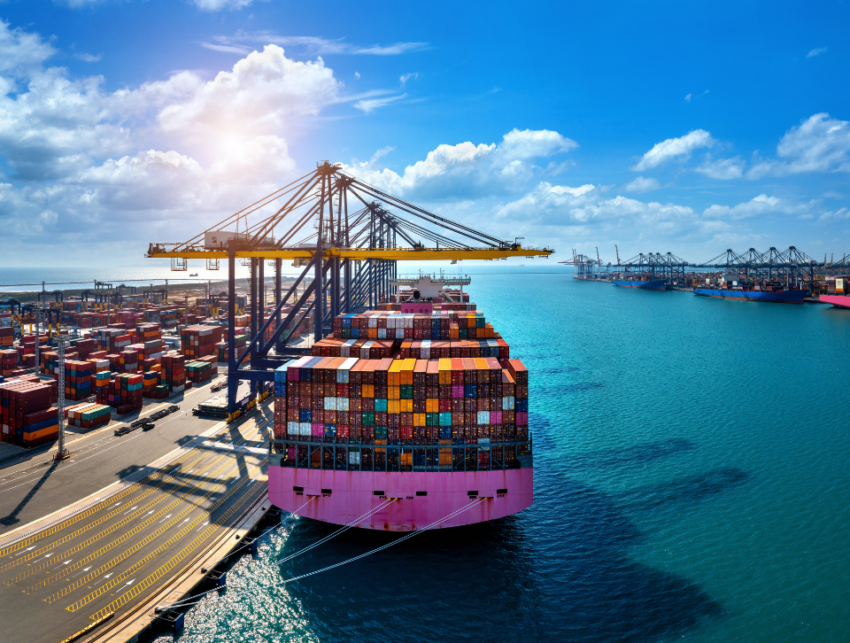
Back in June 2022, Chinese shipbuilding firm Hudong Zhonghua Shipbuilding handed over the biggest container ship in the world- the Ever Alot to Evergreen. The Ever Alot with its capacity of 24,000 TEU is the largest container ship to ply the oceans to date. But will the trend of ultra large container ships continue in the coming years? It is interesting to note that this year the ship building industry is constructing around 900 container ships with a net capacity of 6.8 million TEU. Keep reading to get an idea about the future trends of vessels serving the container shipping industry.
Increase in the number of vessels and its implications on the container shipping industry
The next few years will witness a vast increase in the number of container ships. Evergreen has ordered 20 ships with 15,000 TEU capacity that will be constructed by 2024-2025. OOCL will also get deliveries of 10 new ships with a similar capacity. CMA -CGM will also acquire 6 vessels of 15,000 TEU by 2025. Additionally, several ULCS (ultra large container ships) with a capacity of 24,000 TEUs are also under construction. As per an estimate by VesselsValue, in 2021 the container shipping industry placed an order of 561 container ships. This number was just 114 in 2020. This clearly shows that there is a boom in the market for new vessels. Moreover, shipowners are sending fewer number of vessels for scrapping and in the first quarter of this year, not a single ship was scrapped. This can be attributed to the increasing spot rates.
Rather than dismantling their old ships, shipowners find it profitable to keep them operational in light of the high ocean freight rates. The construction of new ships plus the retention of the old ones will soon result in substantial growth in the total number of container ships. Therefore, in the next two years, more freight ships will be a new feature of the container shipping industry and this trend will continue to consolidate in the future. The greater availability of space will undoubtedly lower the sea freight rates in the years to come.
Size of the container ships
The race for the largest vessel capacity among the shipping lines started with the introduction of Maersk’s E-Class vessels almost 10 years back. Presently, on the one hand, there is a demand for gigantic vessels that are over 24,000 TEU and on the other hand, an interest in small feeders for local maritime trade in Asia. Since 2021, shipping lines have already ordered 52 units of ships with a capacity above 17,000 TEU. Over 221 ships of 12,000- 17,000 TEU are also under construction. Another interesting feature is a renewed interest in 4,000- 8,000 TEU vessels that practically disappeared since 2014.
Simply put, the container shipping industry has started relying on ships with greater versatility rather than mega-ships over 20,000 TEU. The blocking of the Suez Canal last year clearly demonstrated the problems of maneuverability of ultra large ships. Moreover, the physical restrictions of the shipping routes and sea ports have prompted the shipping sector to rethink the use of vessels over 20,000 TEU.
Sustainability of future containers ships
In January 2020 the IMO (International Maritime Organization) passed a resolution to lower the sulphur content of marine fuel. Furthermore, the IMO has also made clear its ambition of lowering carbon emissions of the maritime sector by 50% by 2050. The obvious implication is the search for new kinds of fuels with significantly low environmental impact. We have already seen how shipping companies are experimenting with the use of LNG (liquefied natural gas). Although LNG has a few advantages over traditional marine fuel, it has several downsides and it is still a fossil fuel. The container shipping industry is now trying to come up with new solutions like hydrogen, methanol, and ammonia. Some companies are trying to come up with electric propulsion or even wind-powered container ships.
Battery-powered ships could ply the oceans in the coming years, but they will be restricted to smaller vessels that don’t need to travel long distances. CMA-CGM is planning to use ships with dual fuel-methanol engines to reduce the environmental impact of their shipping operations. Additionally, Yara and tech company Kongsberg have created the ship YARA Birkeland which is all set to become the world’s first crewless cargo ship with zero carbon footprint. Nevertheless, wind-powered or battery-powered ships aren’t going to be in wide use in the near future. Probably, the only fuel that is both sustainable and commercially viable is LNG. At the moment, we already have 36 LNG fueled container ships and 169 more LNG-powered vessels are under construction.


